A smarter grid for renewable energy needs
 |
| The surge of renewable energy creates new challenges for Vietnam’s power infrastructure |
| Venu Nuguri - Group senior vice president, ABB’s Power Grids Division in South Asia, the Middle East, and Africa
The green revolution of the power grid is one of those instances where the timing is right – technological advances are ready at the same time when the world is ready for them. This is important, because a shift towards renewable energy calls for global realignment on energy approaches. The dynamics of consuming more renewable energy will change the energy marketplace, opening up markets across the globe. Globally, we are seeing a major shift in the power value chain across generation, transmission and distribution. In generation, we see that the renewable share has gone up and is expected to hit around 40 per cent of capacity by 2035. This brings with it greater volatility, less predictability, and more feed-in nodes. Transmission and distribution is impacted by increasing complexity, need for enhanced control/ information flow, and needs to tackle longer distances and higher voltages. On the consumption side we see growth in distributed energy resources, grid-connected and off-grid microgrids, and control and optimisation at “local” levels. This scenario proposes two possible futures – the emergence of the global supergrid, or flexible grid evolution with distributed generation. Both could also happen at the same time. Moving to the technology that will help us realise these, we can see how everything lines up, and digitalisation is apparent at every stage. |
Hunger for renewables
One of the biggest challenges countries face today is how to balance the growing demand for electricity with minimum climate impact. Energy efficiency and renewable energy are expected to contribute two-thirds of the reduction in CO2 emissions required to keep global temperature increases within the level of 2 degrees Celsius. This explains the increasing contribution of renewables to the energy mix – a trend expected to continue given the carbon emission targets adopted by most major countries. Therefore, a significant amount of future electricity will come from renewable energy sources like hydro, wind, and solar, reducing the dependence on fossil fuel resources and lowering emissions in the long run.
For Vietnam’s market, with energy demand projected to increase by more than 10 per cent annually in the next five years and required power capacity to double, the government is moving forward to develop renewable energy sources to ensure energy security and address the growing power demand.
Vietnam has high ambitions for renewable energy, as shown in the Revised National Power Development Master Plan VII, released in March 2016. The plan stipulates that 21 per cent of the total energy supply should come from renewable sources by 2030. As plans for a nuclear power plant have already been postponed by the National Assembly, the country is pushing for more alternatives to satisfy its energy hunger. Foreign investors are especially welcome, as there is no foreign ownership limit and many attractive tax incentives are offered.
Nguyen Van Thanh, deputy director of the Electric and Renewable Energy Department under the Ministry of Industry and Trade, said at a recent forum entitled “Renewable Energy Integration: Challenges and Technology,” co-organised by the Ministry of Industry and Trade (MoIT) and ABB Vietnam, that Vietnam has seen rapid development of power plants, which poses great challenges to transmission networks.
Nguyen Minh Quang from the National Load Dispatch Centre said that the southern central region is home to the nation’s renewable energy, but power grid conditions there are not prepared to adopt this kind of energy.
“It takes three years, on average, to build a power grid project, while a solar power project needs only one year to be put in place. As a result, electric grid development cannot catch up with the proliferation of solar and wind power projects,” he said.
The lesson has been put down that these renewables need to be integrated into electricity grids that are capable of managing new complexities such as unpredictable and intermittent supply, more distributed power generation, demand management, and electric vehicles. Grid operators will also need to expand and modernise their infrastructure to ensure the reliability, efficiency, and security of electricity supplies.
Venu Nuguri, group senior vice president for ABB’s power grids division in South Asia, the Middle East, and Africa, said that as the country moves towards clean energy, the power grid will need to adapt to the influx of renewable energy, which is intermittent and also characterised by distributed generation. Not only does this call for wider industry collaboration and policy discussions, it is also important to make the right technology choices. Nuguri said, “Technology will enable the grid to be flexible and to adapt to the new realities of distributed generation and multi-directional power flow. Digitalisation is a key to creating the power grid of the future.”
Opportunities and challenges in edge technology
Stefan Jonsson, ABB territory marketing and sales manager for Asia, said, “Since the new demand will increasingly be met by renewable, decentralised sources of power, we must be prepared to wrestle with regulators and encourage this shift from the utility monopoly to a fair distribution of resources, incentives, and benefits. This new market doesn’t guarantee success – it provides an opportunity to continue proving that distributed energy solutions are what the market needs.
“Grid operators will also need to expand and modernise their infrastructure to ensure the reliability, efficiency, and security of electricity supplies. If we can generate power more efficiently, reduce transmission losses, manage distribution networks more intelligently, and use electricity more productively in factories, offices, and homes, we can make a visible difference.
“With additional and often intermittent power supplies feeding into the grid, reliability, stability, and quality issues also need to be addressed to prevent power fluctuations, grid failures, outages, and blackouts. This calls for solutions that offer a greater degree of control and protection to the grid, enabling early detection and rectification without compromising the power network.
“So, the evolving power system needs to be increasingly flexible and interconnected, as well as more reliable and intelligent to address new challenges and opportunities – what we need, in short, is a stronger, smarter and greener grid,” said Jonsson.
Nuguri told VIR, “Renewables are, in fact, one of the biggest disruptors and have called for a complete redefinition of power grids the world over. Today, across the world, we acknowledge the need for cleaner energy sources, and every country is pursuing renewable energy goals. The integration of renewables into the power grid has initiated the next stage of grid evolution, with the model of the grid moving from uni-directional to multi-directional.”
Hydroelectric, solar, wind, and wave comprise the best-known
renewables, but biomass, tidal, and geothermal are all increasing their contributions to global supplies, and all alternatives present individual challenges to the protection and management of electrical systems. Where electrical grids were designed around a handful of generating stations, they are now being criss-crossed with energy sources, many of which are unable to guarantee a consistent supply thanks to the vagaries of the weather, according to ABB.
“Protection and management becomes more important as the grid becomes more complicated, and feeds from renewable sources increase the complexity hugely. ABB’s experience with just about all forms of energy generation enables us to help design, and implement, protection schemes tailored for the most innovative of generating technologies,” said Ranfeng Situ, ABB’s regional application manager for renewables for Asia
At the conference held with the MoIT, ABB also offered a range of scalable sub-station solutions that help efficiently integrate renewable energy into the transmission grid and distribution network. “Our in-depth knowledge of renewable power generation technologies and comprehensive experience with grid codes and utility practices in use around the world enables us to provide turnkey grid connection solutions for all types and sizes of renewable power plants. The customised systems are based on proven and state-of-the art technologies, and are designed to meet the requirements of customers with a global market presence as well as local specifications,” ABB noted.
What the stars mean:
★ Poor ★ ★ Promising ★★★ Good ★★★★ Very good ★★★★★ Exceptional
Related Contents
Latest News
More News
- Climate Leaders Network aims to elevate role of women in green economy (April 16, 2024 | 15:42)
- Australia strengthens climate and energy cooperation with Vietnam (April 15, 2024 | 15:33)
- MoIT seeks to broaden participation in power purchasing agreement (April 12, 2024 | 10:33)
- Tin Thanh Group signs one billion tonne carbon offset deal (April 10, 2024 | 15:06)
- UNEP helps monitor plastic pollution in Vietnam (April 09, 2024 | 16:03)
- Russia's Zarubezhneft eyes offshore wind power in Vietnam (April 09, 2024 | 15:18)
- Keppel expands energy-as-a-service presence in Vietnam (April 09, 2024 | 15:14)
- Cong Ly asserts continutation of waste and wind ventures (April 09, 2024 | 11:23)
- Government commits to summer power availability (April 09, 2024 | 10:36)
- Investors await instructions for financing power projects (April 09, 2024 | 10:30)



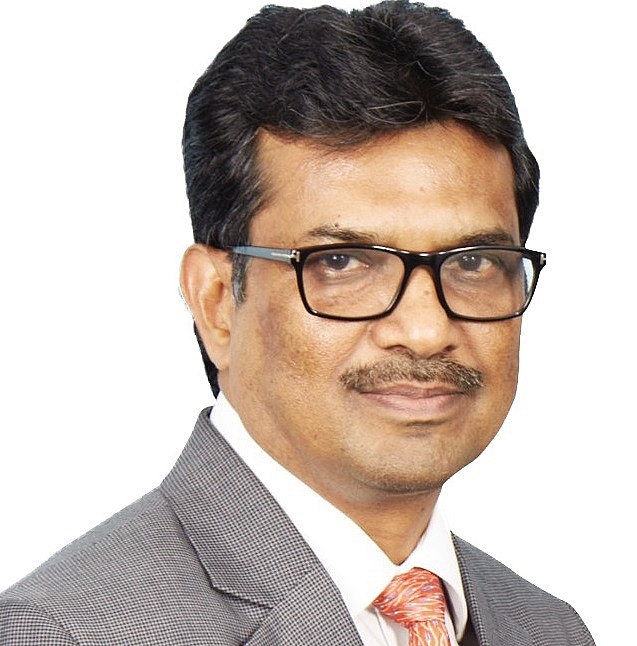
 Tag:
Tag:
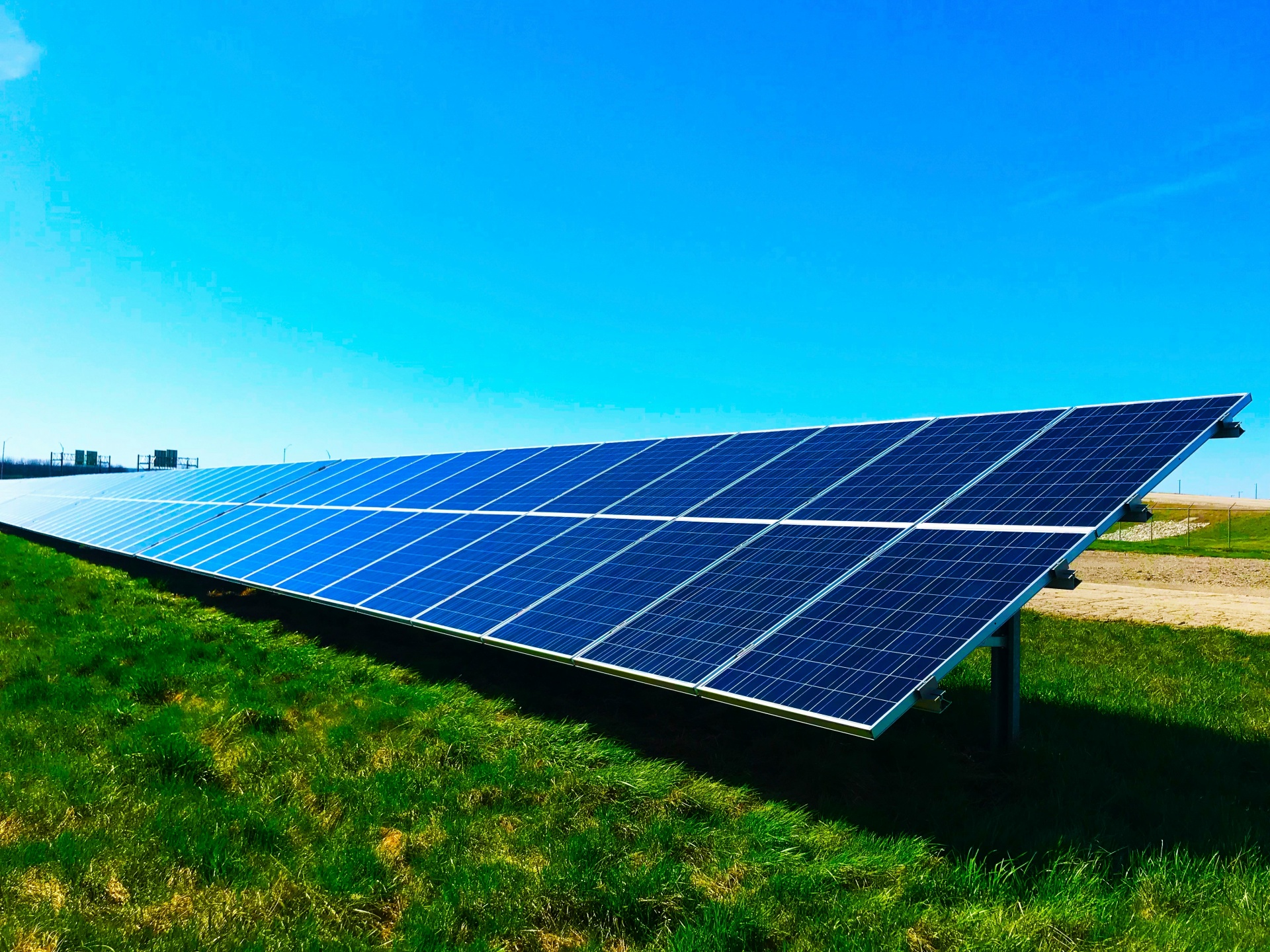
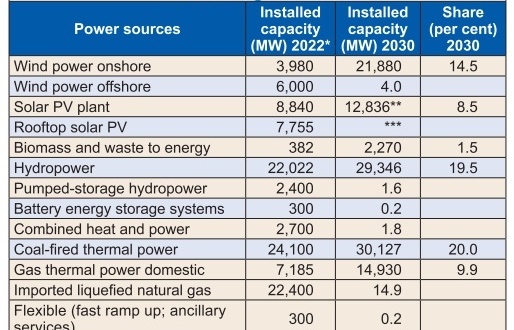
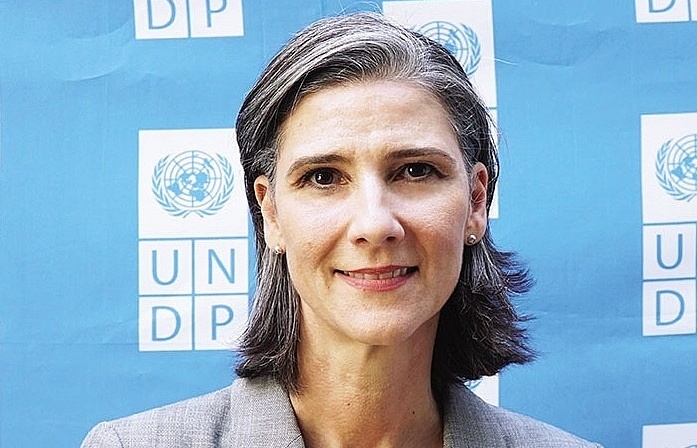
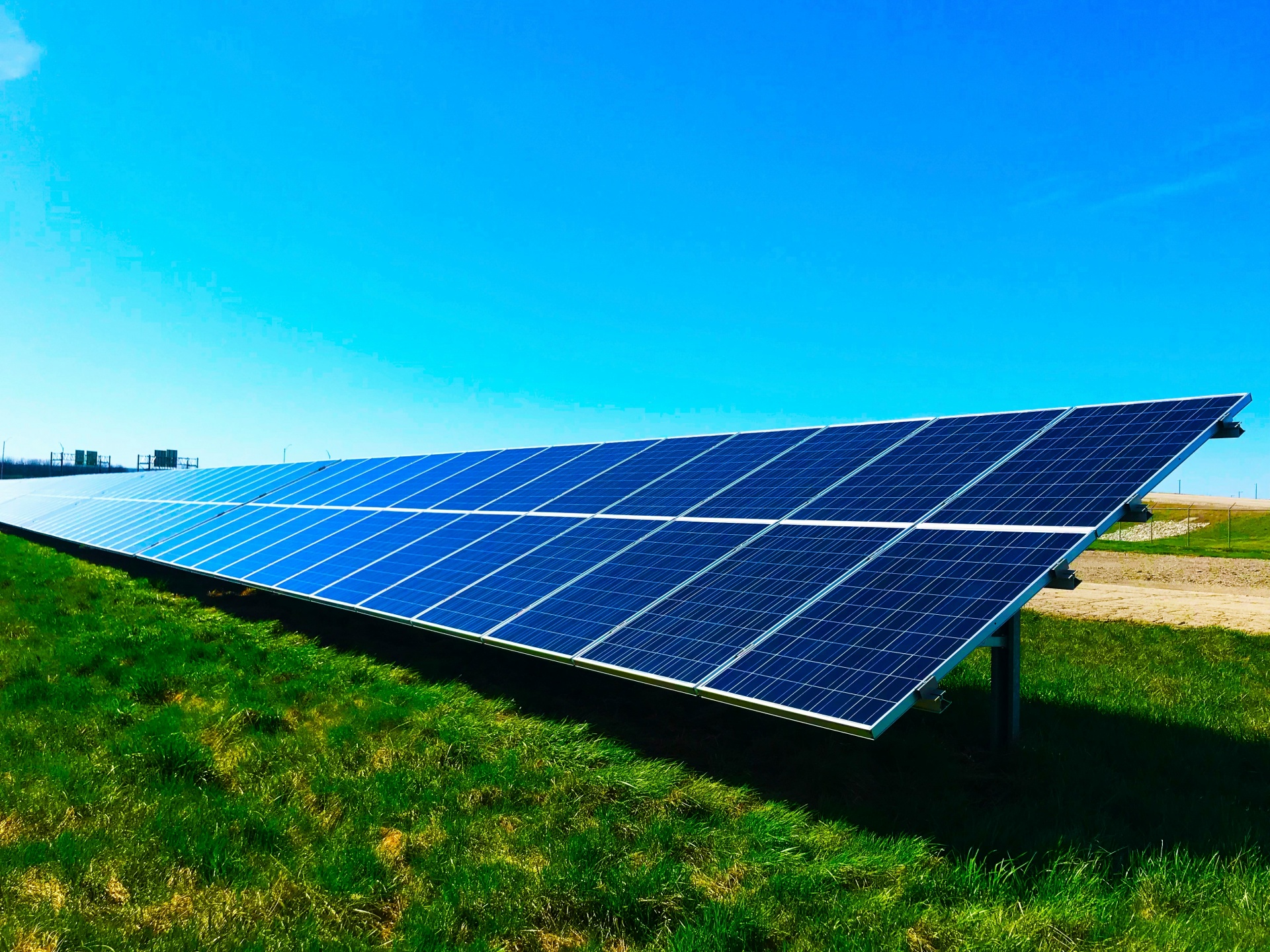

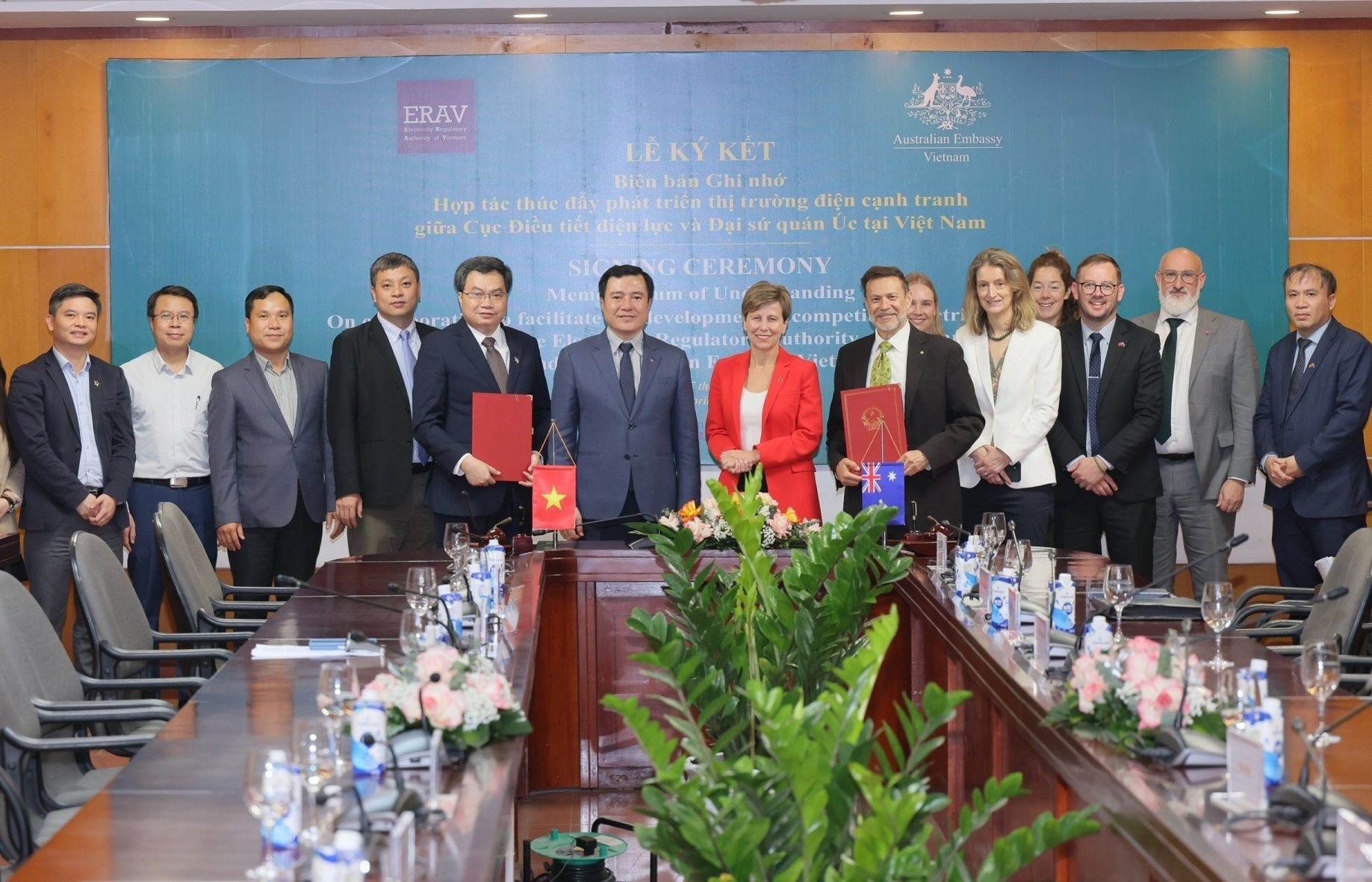
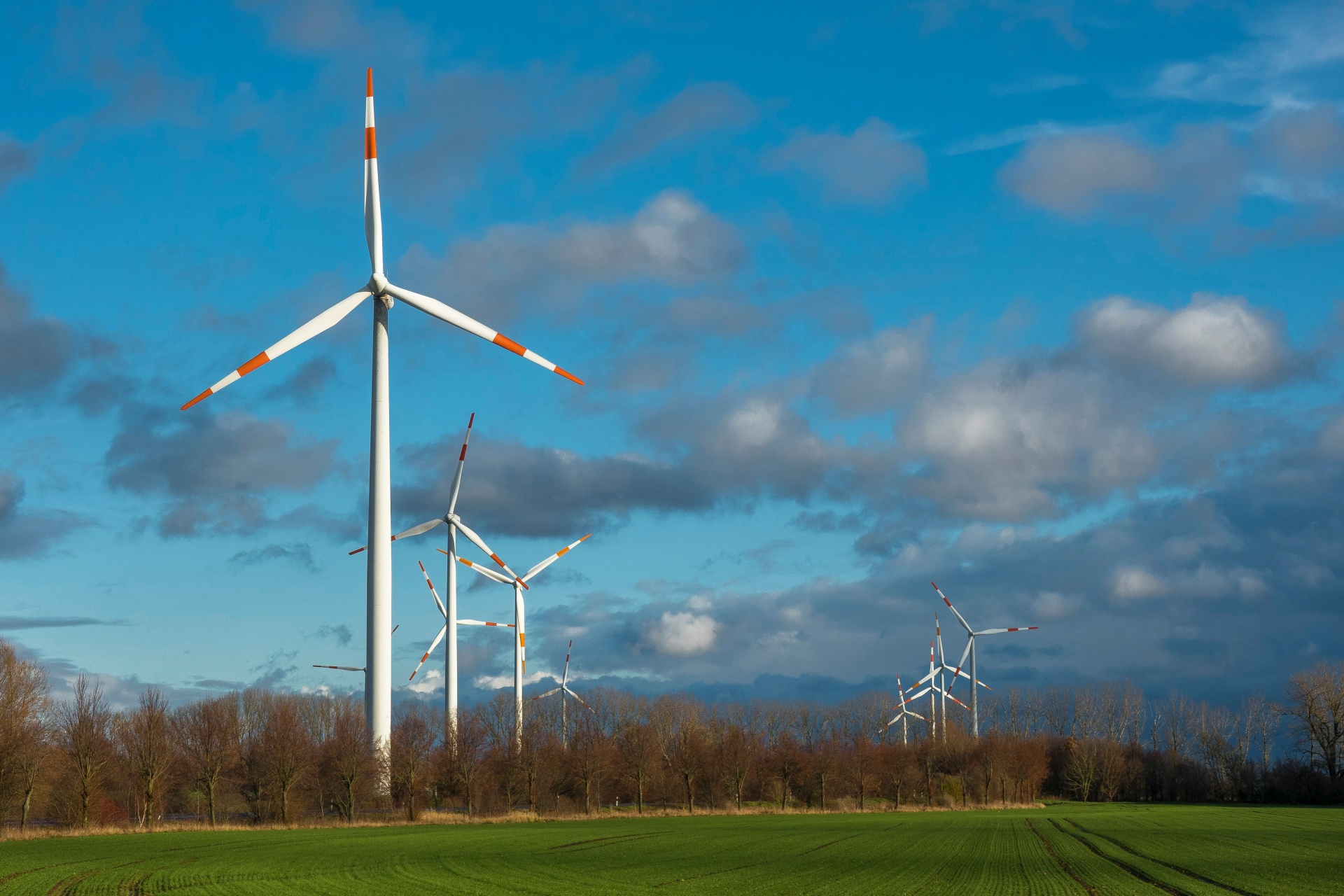
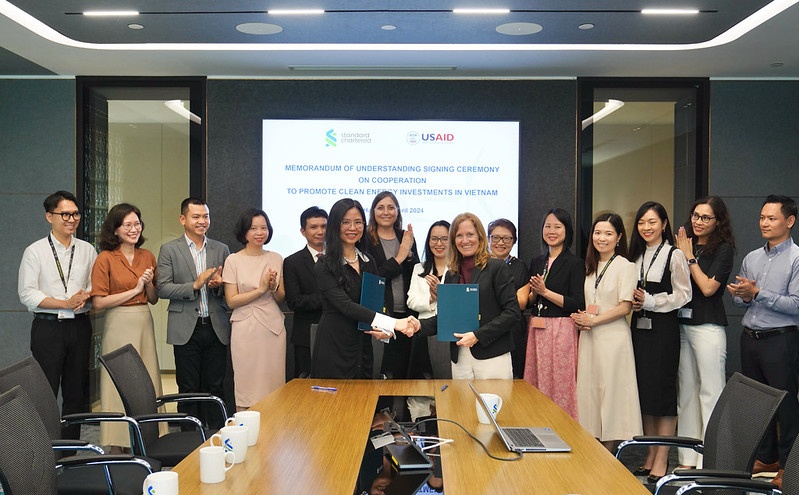









 Mobile Version
Mobile Version